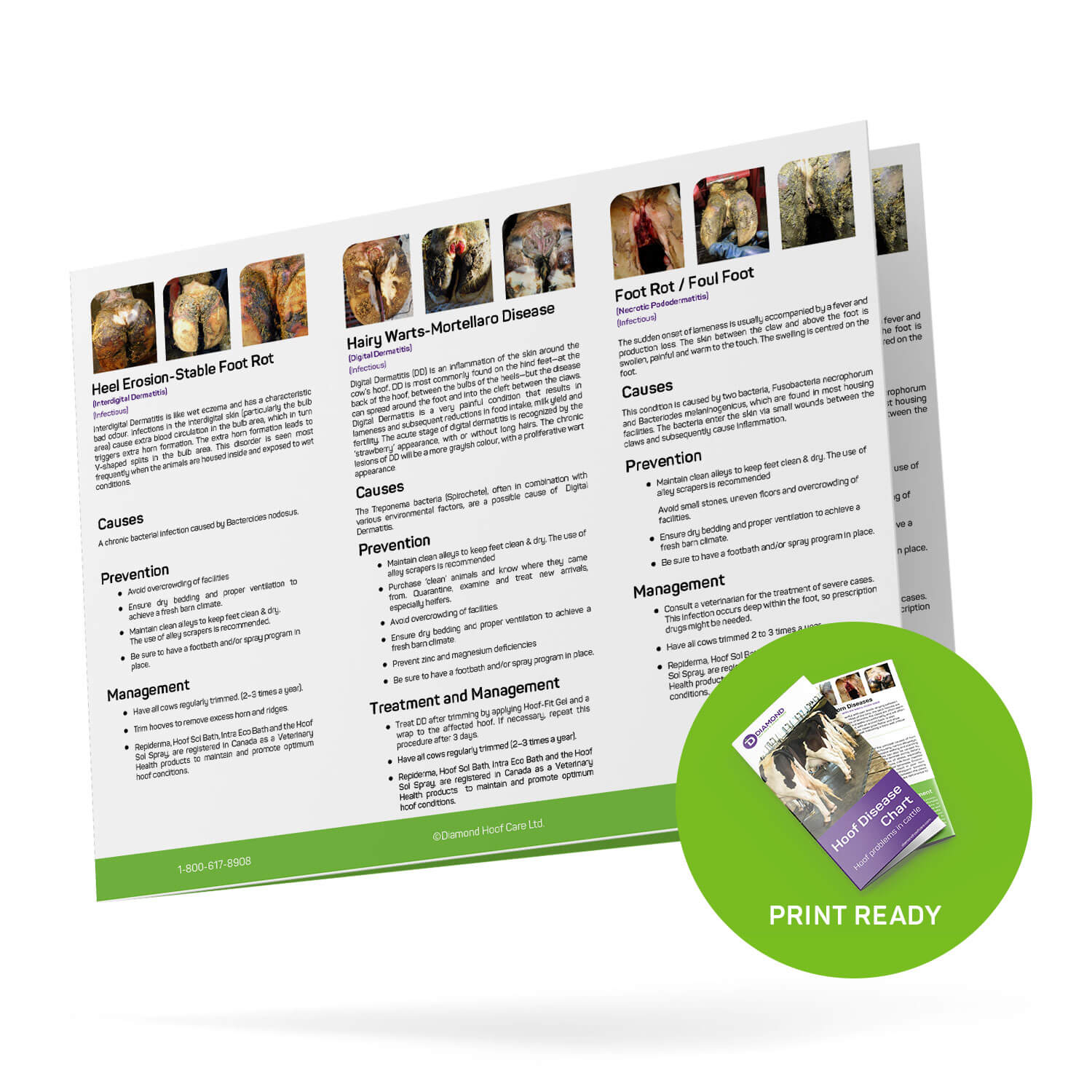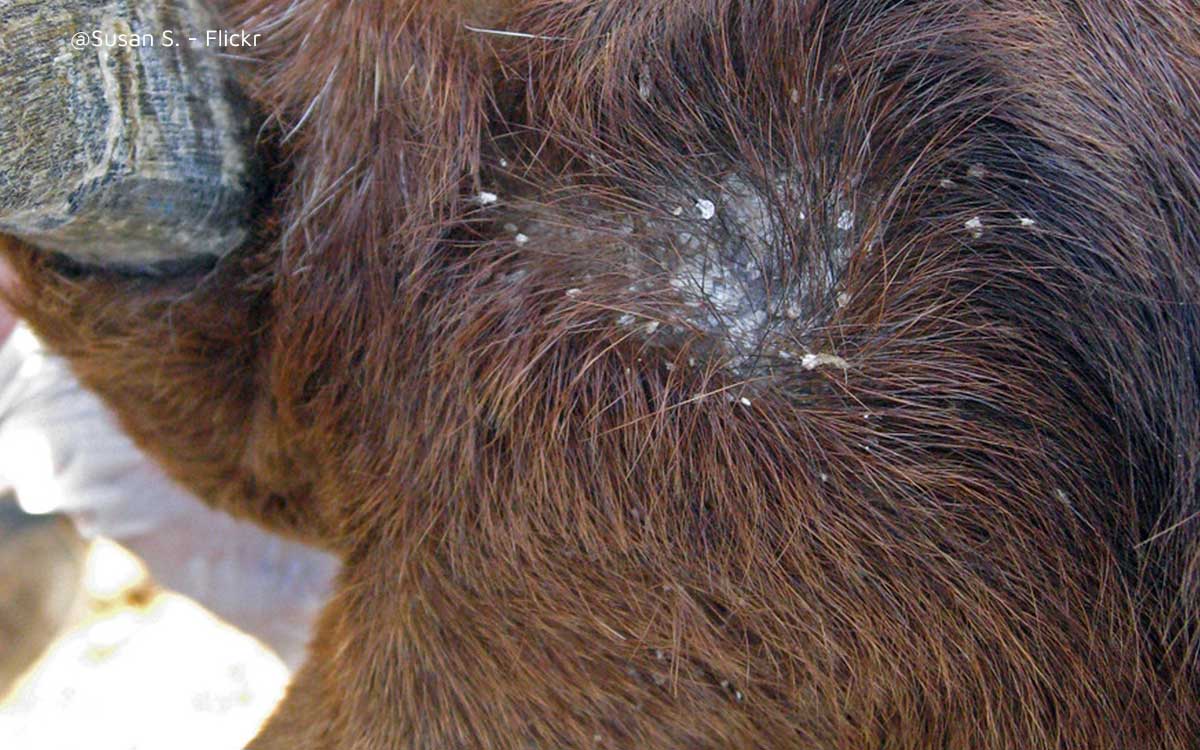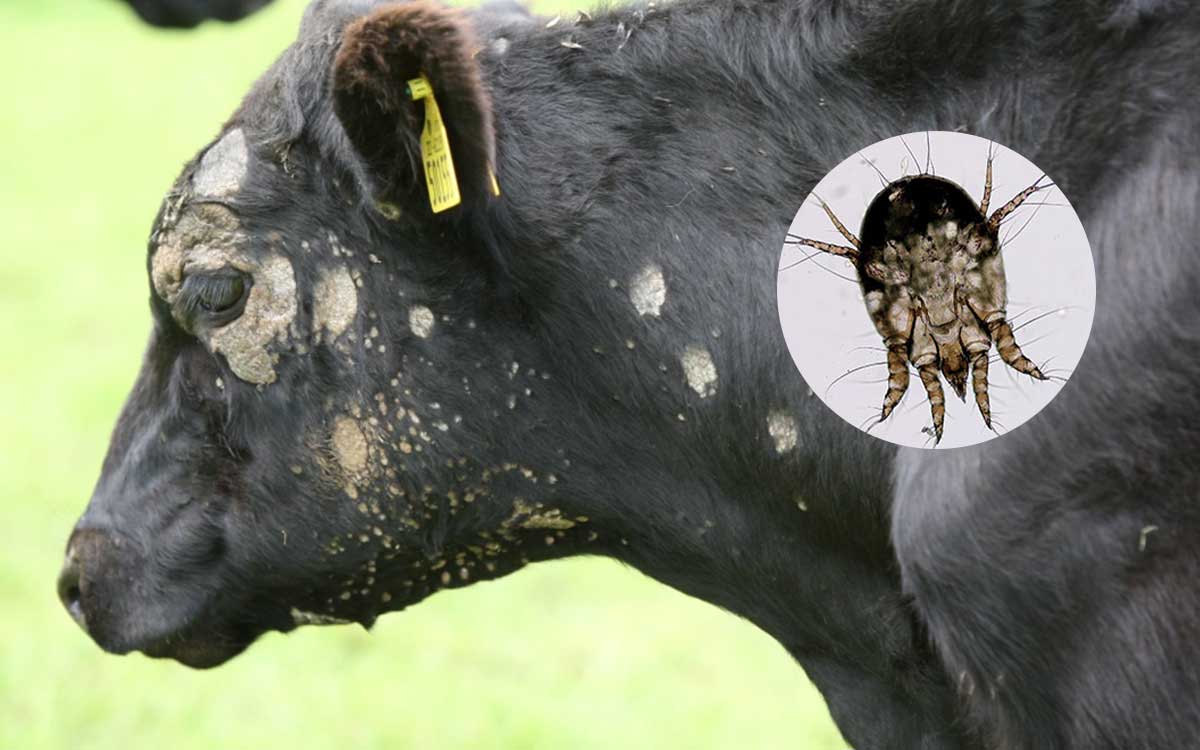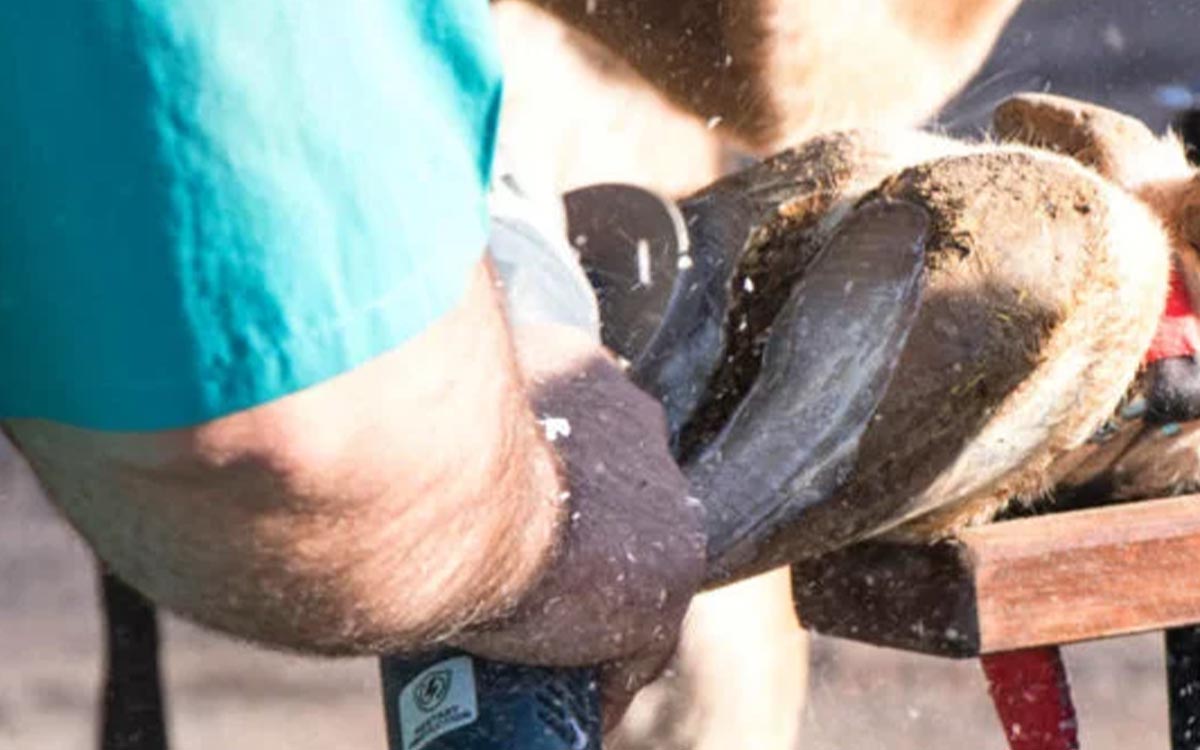Ringworm is a common fungal infection that affects humans and various animals, including goats. The fungi and spores that cause it are sometimes indiscernible, so what other signs should you look out for to know the infection is present?
A common sign that your goat has ringworm is the appearance of circular lesions that may look crusty, raised, or discoloured. These lesions may show in areas of hair loss. Itching is also a typical symptom, causing your goat to rub against surfaces constantly.
Although ringworm isn’t fatal, it spreads fast. As a herdsman, I treated many calves and young stock. Drawing on my cattle experience and my conversations with many goat farmers, I will attempt to dig deeper into this topic.
This article will examine some typical and easily detectable signs of ringworm and explain how spotting them can help you prevent rapid transmission of the infection.
Circular Lesions over the Goat’s Body

The most prominent sign of ringworm (dermatomycosis) in any species is the presence of circular lesions or skin patches. They often appear around the head, face, neck, or ears but may be found in other areas as well.
I have often wondered why ringworm shows most often on the head, particularly around the eyes and the neck. This is the area that gets rubbed and touched most when animals make contact. Ringworm spreads like wildfire mainly because of this touching or rubbing.
Ringworm Lesions: Appearance and Characteristics
These lesions do not have a uniform look. Some goats may have quite extensive ones, while others will have them in variable sizes of up to 3 centimetres (1.2 inches). Their texture and appearance also vary, so they can generally be described in the following ways:
- Circular. Ringworm patches are often described as circular, but they don’t have to be perfect circles. The infection can spread out in any direction, forming an asymmetrical shape.
- Papular. The lesions may appear as bumps or raised circular skin patches.
- Crusty. Affected areas may be covered with hardened, raised skin, like scabs. A raw, hairless skin patch shows when the crusts are removed.
- Hairless. Skin with ringworm lesions tends to lose hair. Thus, hair regrowth in these areas is considered a sign of recovery.
- Pruritic. Ringworm lesions are usually itchy; however, this is not a general symptom. Some goats may have ringworm but no constant itch.
- Scaly. Scaliness refers to the skin easily flaking or peeling off. It can feel dry, cracked, or rough.
- Discoloured. Ringworm patches can appear in various colours: reddish, brownish, whitish, or grayish.
Ringworm is not the only type of infection that causes skin lesions — many other diseases, even non-fungal ones, can manifest with similar symptoms. If in doubt, it’s best to ask a veterinarian to confirm the diagnosis through tests.
Small skin issues in cattle can be addressed by using Intra Repiderma. This product sprays easily and promotes healthy skin, so having a few bottles on hand is always a good idea.
Persistent Itching or Rubbing Against Surfaces

As ringworm lesions tend to be itchy, infected goats may rub against surfaces more often and more aggressively than before. If you observe this behaviour in your animals, look for skin lesions and seek a veterinary consult.
If your goats scratch themselves too hard or too aggressively, they may injure their skin, thus becoming more vulnerable to infection.
Interestingly, goats have a habit of rubbing against surfaces, which can lead to them contracting ringworm in the first place. General areas that serve as a ‘scratch pole’ for all goats are a means of spreading this disease.
Ringworm fungi and their spores can survive in soil, on wooden posts, and in other sites, and when animals come into contact with them, they can get infected. Therefore, if you have confirmed cases of ringworm in your herd, disinfect everything you can, from equipment to surfaces. Even if you can’t scrub away every spore or fungus, you can limit their numbers and help reduce the chances of a ringworm outbreak.
Human Contagion: Preventing Ringworm Transmission
I would like to note that ringworm is highly contagious and can spread to humans. Imagine children touching goats and hugging them — amid all this cuteness, the ringworm spreads. Make sure that you or your family members don’t pet an infected goat and rub your eyes afterwards. I advise wearing disposable gloves or washing your hands.
Random and Localized Hair Loss

Hair loss is another common symptom of ringworm. It’s localized because it usually happens only in the areas with lesions. At the same time, it’s random as ringworm patches can appear on the head, face, or elsewhere on the body.
Ringworm directly leads to hair loss or breakage because hair follicles and shafts are affected when fungi invade the goat’s skin. Indirectly, the disease causes itchiness that compels infected animals to scratch or rub against surfaces; when they do this, the skin and hair get irritated, leading to hair loss. Laboratory tests can use hair from animals suspected of having the disease to confirm a diagnosis.
Hair loss can also indicate the status of the disease: the greater the hair loss, the worse the infection. Hair regrowth and smoothening of the skin are considered signs of healing from ringworm.
Skin Discoloration

Depending on the lesion’s development, skin infected with ringworm may exhibit discoloration, ranging from brownish to whitish shades.
For instance, newly developed lesions will start as rashes or moist, red patches of skin. Later, that skin may turn brown, gray, or white. The texture may also change from moist to dry, scaly, or crusty.
The lesions and discoloration can be very apparent, so some bumps and patches may remain even after the goats heal.
So, if you have an upcoming show and your goat happens to have ringworm, it’s best to cancel your participation as the infection may take up to eight weeks to fully clear. You may also seek veterinary advice on a treatment that will help reduce signs of lesions and accelerate healing.
Going to auction yards or transporting the goats while they’re infected with ringworm is also not recommended. Try to stop the spread in any way you can.
Additionally, other instances of skin discoloration may occur, and you might notice your goat’s skin turning black.
You or Other Goats Have Ringworm

Ringworm is a highly contagious disease. Thus, if one goat has lesions characteristic of ringworm, it’s best to isolate it and confirm the diagnosis. Moreover, you should identify other affected goats so you can separate them.
Aside from that, ringworm is a zoonotic disease, meaning it can be transmitted to human caretakers. If you’re developing ringworm lesions but did not come into contact with infected people, there’s a good chance you got it from your goats. Thus, check if they have it and seek appropriate treatment for yourself and your animals.
Isolation, protection, and disinfection are essential measures to implement when you or your goat herd have ringworm. Baby goats are especially vulnerable, so prioritize their protection when taking preventive measures.
My article A 5-Point Guide to Treating Skin Fungus in Goats has more information on treating and handling affected goats and preventing the spread of ringworm.

Hoof Disease Reference Chart
Sources
- MSD Veterinary Manual: Dermatophytosis in Pigs, Sheep, and Goats
- Extension Foundation: Goats: Ringworm
- Livestock Health Series Ringworm in Sheep and Goats
- South Dakota State University Extension: Ringworm: Don’t Let it Ruin Your Show Season
- Food and Agriculture Organization of the United Nations: Chapter 3: Cattle, sheep, goats and buffalo




